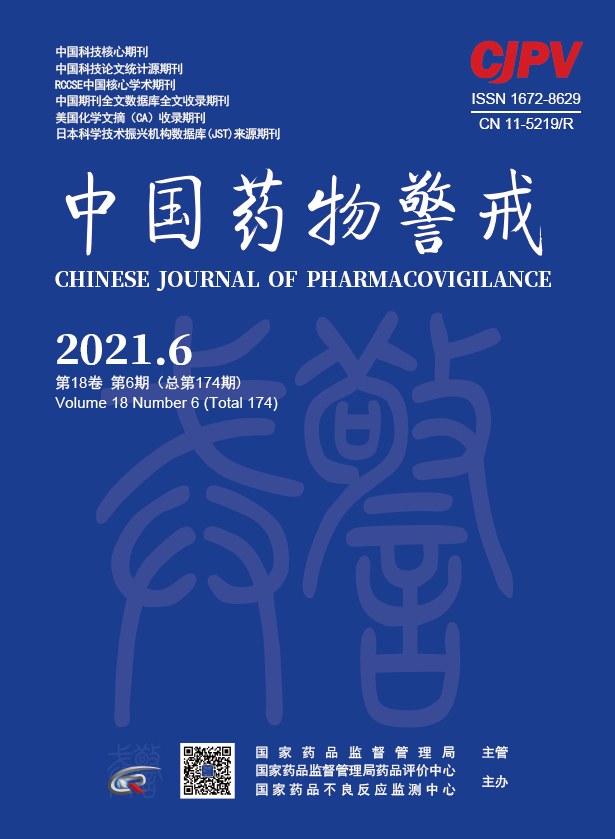|
|
Benefit-Risk Assessment of Mylabris Preparations in the Treatment of Primary Hepatic Carcinoma
JIANG Hao, ZHANG Zhiqi, ZHANG Bing, ZHANG Xiaomeng, GENG Kexin
2021, 18(6):
525-531.
DOI: 10.19803/j.1672-8629.2021.06.07
Objective This study aims to quantitatively evaluate the benefits and risks of Mylabris Preparations (MPs) in the treatment of primary hepatic carcinoma (PHC). It can provide an intuitive basis for using MP safely and effectively in clinic. Methods This study searched for randomized controlled trials(RCTs) of MPs treatment for PHC in CNKI, Wanfang, VIP, SinoMed, Pubmed, Web of Science and other Chinese and English databases. The search time was from the establishment of the database to September 9, 2020. The multi-criteria decision-making analysis (MCDA) model for MPs treatment of PHC was established. The SWING method was used to assign weights to benefit indicators and risk indicators. Their weights were 70% and 30% respectively. With the help of Meta-analysis method to combine the RCT results, it used the MACD model to calculate the patient's benefit value, risk value and benefit-risk value. Results In total, 4 MPs were retrieved in the study, and 76 related RCTs were included. Compared with Transcatheter arterial chemoembolization(TACE), the benefit-risk value of intravenous MPs combined with TACE for PHC treatment was 59, while the benefit-risk value of oral MPs combined with TACE treatment of PHC was 55. The benefit-risk difference between the two types of MPs was 4, 95% CI [-2.4,10.4], and the probability of difference was 85.76%.The benefit-risk value of Aidi injection combined with TACE in the treatment of PHC was 63.4, and the benefit-risk value of Aiyishu injection combined with TACE in the treatment of PHC was 62.7. The benefit-risk difference of the two kinds of MPs was 0.7, 95% CI [-6.4,7.8], and the probability of difference is 54.43%. Conclusion The current evidence shows that MPs are a type of drug with better benefits and lower risks in the treatment of PHC. The benefit-risk of intravenous MPs combined with TACE in the treatment of PHC may be better than that of oral MPs, and the benefit-risk of Aidi injection combined with TACE in the treatment of PHC is equivalent to that of Aiyishu injection.
References |
Related Articles |
Metrics
|
